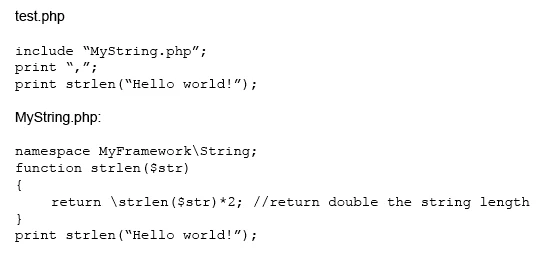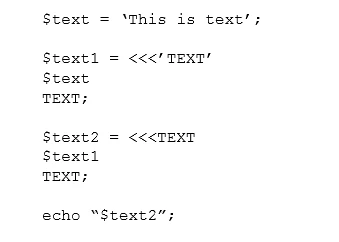Zend Certified Engineer
Here you have the best Zend 200-710 practice exam questions
- You have 79 total questions to study from
- Each page has 5 questions, making a total of 16 pages
- You can navigate through the pages using the buttons at the bottom
- This questions were last updated on November 18, 2025
- This site is not affiliated with or endorsed by Zend.

